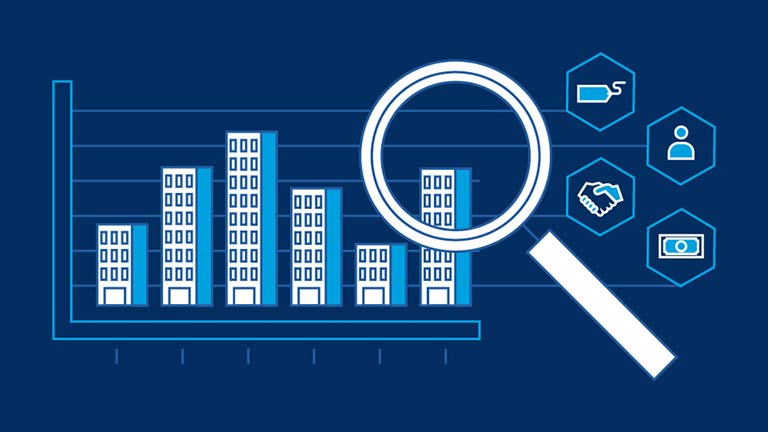3 Methods for a Strong Accounting System for Your Small Business

Accounting is complicated. It’s a cyclone of profit and loss statements, cash flow reports, and ledgers. And it’s defined by terms like “economic entity assumptions,” which, let’s face it, might as well be pig Latin.
In fact, 17% of small business owners say tracking cash flow and expenses are their biggest frustrations. Another 11% say taxes are their biggest hurdle. That’s why so many business owners hire accountants to help them out. After all, a licensed CPA has studied for a minimum of six years to earn that title. That’s great news for the 45% of small business owners who said, in a 2019 small business report, they don’t have any formal business training. They’re just trying to pursue their passions.
However, many businesses can’t afford to hire an accountant right off the bat. And even if they could, it’s still important for those entrepreneurs to understand the basics. Accounting is necessary to track financial transactions, maximize deductions, file and pay taxes, and (hopefully) earn a profit. And when done right, your accounting system can also help you measure and improve the health of your growing business.
The basic accounting cycle
Business accounting isn’t as cut and dry as managing your personal finances. It all starts with the basic accounting cycle.
The cycle begins with a source document, which is created when an event happens in your business, such as when you receive an invoice. From there, you need to determine the financial impact of that event. How does the event impact your inventory? Your accounts?
A journal entry records the transaction initiated by the event in the general ledger. The trial balance lists each account used to post transactions and provides a snapshot of your current financial condition. Finally, use the trial balance to generate financial statements, such as the profit and loss statement.
Each step of the accounting cycle serves a critical purpose. Skip just one step, and your numbers won’t match what you see in your accounts. You won’t have an accurate gauge of the financial health of your business.
For that reason, it’s important to have a clearly defined accounting system built on three core accounting concepts.
The basic accounting cycle summarized:
- Create a source document
- Determine the financial impact
- Create a journal entry in the general ledger
- User the trial balance to understand your financial condition
- Generate financial statements from the trial balance
3 key accounting concepts you need to know
1. Chart of accounts
2. Double-entry accounting
Double-entry accounting requires you to record every financial transaction twice, in two separate accounts. The total debits (entries that increase asset and expense accounts or decrease revenue, equity, and liability accounts) entered must equal the total credits (the opposite of debits) entered in the general ledger.
It starts with the balance sheet equation: assets minus liabilities equals equity.
The double-entry method might seem like more work. But it allows you to keep more accurate records, track cash flow better, and spot errors faster. Plus, generally accepted accounting principles (GAAP) require double-entry accounting. All publicly-traded companies must abide by these principles.
3. Accrual accounting
The accrual method provides a more accurate picture of your company’s finances than the cash method can. And while this method is a bit more complicated, the business insight you gain is worth the extra effort.
Using the accrual method, income and expenses are recorded when they’re billed and earned, regardless of when you receive the money. This method gives you a more realistic idea of income and expenses, as well as a better overall understanding of consumer habits.
The accounting method you choose depends on your business goals, your resources, and your financial requirements. And once you decide on a method, you have to stick with it. The IRS requires companies to use and maintain the same method to report taxable income for the entire tax year. When in doubt, it’s always a wise choice to work with a certified CPA or tax professional.
Myranda Mondry is a copywriter and researcher for TSheets by QuickBooks, an employee time tracking and scheduling software that's used by businesses worldwide. Based in the up-and-coming tech community of Boise, Idaho, she has a journalism degree from Boise State University and a serious passion for helping small businesses succeed. In her spare time, she can usually be found curled up with a good book or hiking Boise's famous foothills.

Article
Complete Guide: Setting Up Your Business Finances for the First Time

Article
The Complete Guide to Channel Sales

Article
How to Attract Customers to Your Small Business

Guide
The Beginner’s Guide to Starting a Small Business

Article
6 Business Metrics That Matter For SMBs

Article
Small Businesses Need Accountants and Bookkeepers to Succeed


